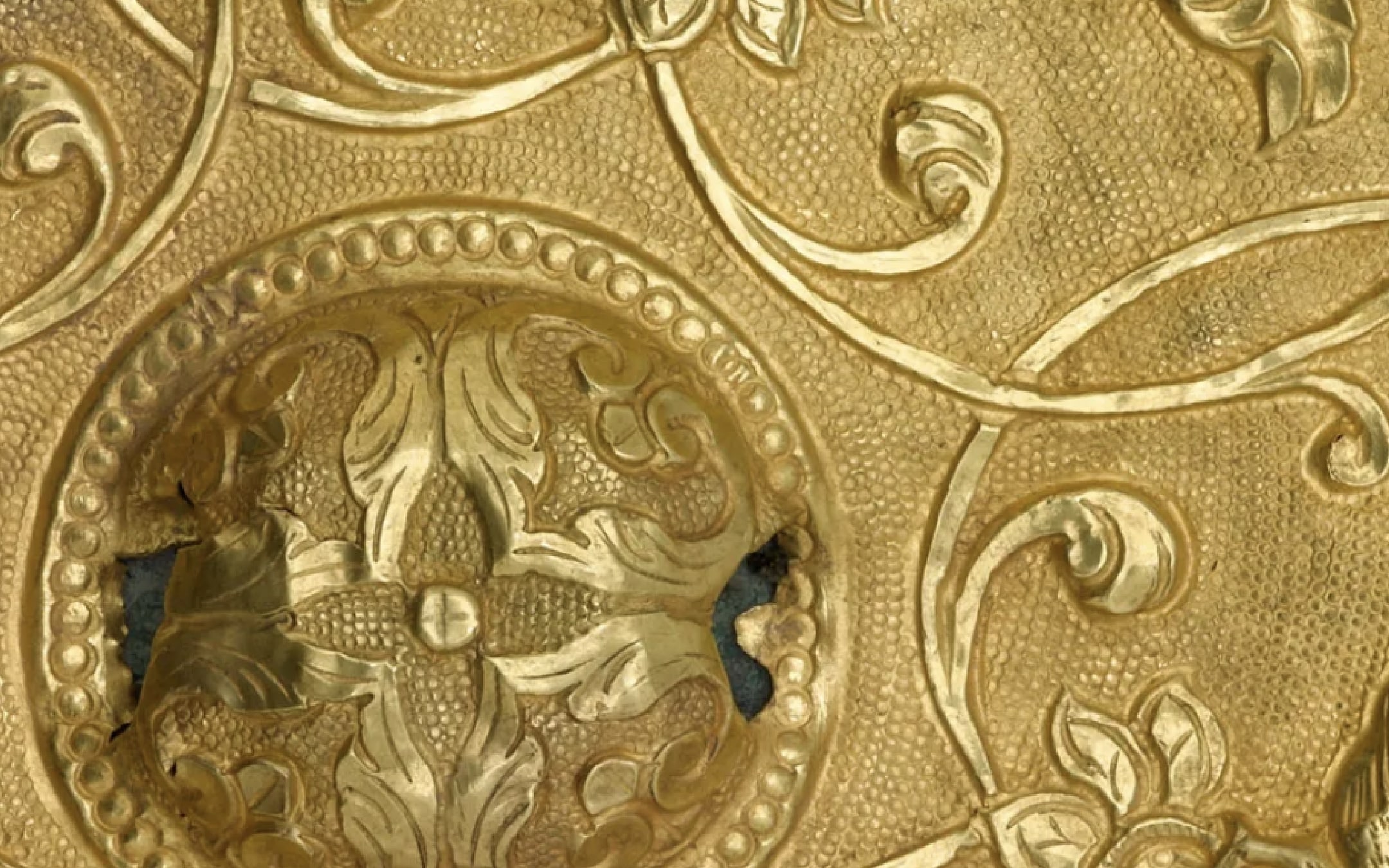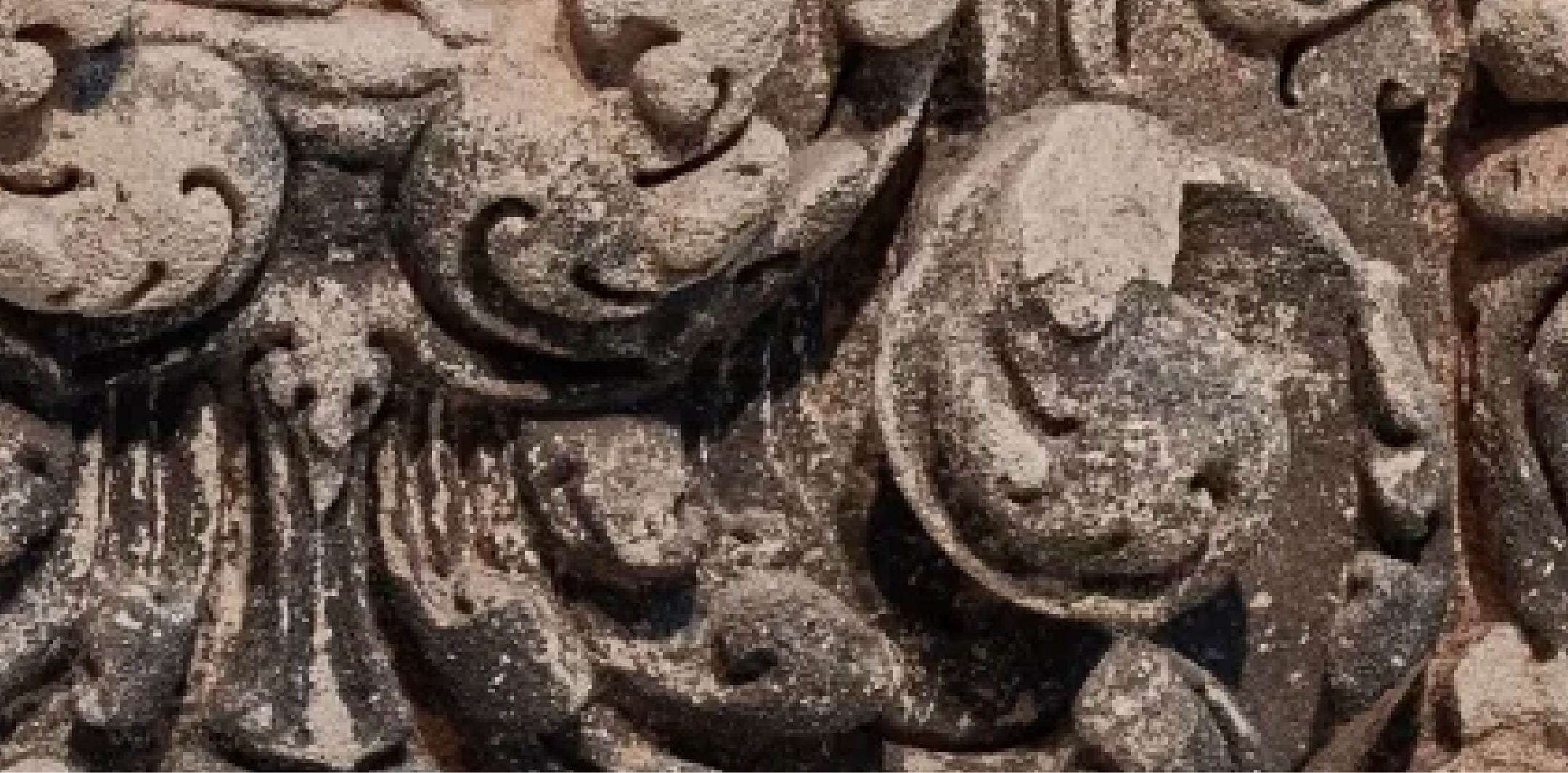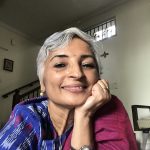 Massumeh Farhad joined the National Museum of Asian Art, in 1995 as associate curator of Islamic Art. In 2004, she was appointed chief curator and curator of Islamic art. She is a specialist in the arts of the book from sixteenth-century and seventeenth-century Iran. Dr. Farhad has curated numerous exhibitions on the arts of the Islamic world at the Freer and Sackler, including Art of the Persian Courts (1996), Fountains of Light: The Nuhad Es-Said Collection of Metalwork (2000), Style and Status: Imperial Costumes from Ottoman Turkey (2005-6), The Tsars and the East: Gifts from Turkey and Iran in the Moscow Kremlin (2009), Falnama: The Book of Omens (2009-10), Roads of Arabia: History and Archaeology of the Kingdom of Saudi Arabia (2012), and The Art of the Qur’an: Treasures from the Museum of Turkish and Islamic Arts (2016).
Massumeh Farhad joined the National Museum of Asian Art, in 1995 as associate curator of Islamic Art. In 2004, she was appointed chief curator and curator of Islamic art. She is a specialist in the arts of the book from sixteenth-century and seventeenth-century Iran. Dr. Farhad has curated numerous exhibitions on the arts of the Islamic world at the Freer and Sackler, including Art of the Persian Courts (1996), Fountains of Light: The Nuhad Es-Said Collection of Metalwork (2000), Style and Status: Imperial Costumes from Ottoman Turkey (2005-6), The Tsars and the East: Gifts from Turkey and Iran in the Moscow Kremlin (2009), Falnama: The Book of Omens (2009-10), Roads of Arabia: History and Archaeology of the Kingdom of Saudi Arabia (2012), and The Art of the Qur’an: Treasures from the Museum of Turkish and Islamic Arts (2016).
She received her PhD in Islamic Art History from Harvard University in 1987. Her publications include Slaves of the Shah: New Elites in Safavid Iran (2004), Falnama: The Book of Omens (2009), The Art of the Qur’an: Treasures from the Museum of Turkish and Islamic Arts (2016), and A Collector’s Passion: Ezzat-Malek Soudavar and Persian Lacquer (2017).




 Kit Brooks is the Curator of Asian Art at Princeton University Art Museum. Brooks holds a PhD in Japanese art history from Harvard University (2017), studying under professors Yukio Lippit and Melissa McCormick. Specializing in prints and paintings of the Edo and Meiji periods, their primary research interests revolve around the reevaluation of “eccentric” artists of the eighteenth century, as well as the relationship between illustrated books and paintings, and special prints that emulate the visual qualities of other media, such as surimono and takuhanga.
Kit Brooks is the Curator of Asian Art at Princeton University Art Museum. Brooks holds a PhD in Japanese art history from Harvard University (2017), studying under professors Yukio Lippit and Melissa McCormick. Specializing in prints and paintings of the Edo and Meiji periods, their primary research interests revolve around the reevaluation of “eccentric” artists of the eighteenth century, as well as the relationship between illustrated books and paintings, and special prints that emulate the visual qualities of other media, such as surimono and takuhanga. Antonietta Catanzariti is Associate Curator for the Ancient Near East at the Freer Gallery of Art and Arthur M. Sackler Gallery, the Smithsonian’s National Museum of Asian Art. She joined in 2016 as a fellow and served as the Robert and Arlene Kogod Secretarial Scholar from 2018 to 2022. Catanzariti received her BA and MA from the Ca’ Foscari University of Venice, Italy, and a PhD in the art and archaeology of the ancient Near East from the University of California, Berkeley. She is an active archaeologist and has excavated in Italy, Jordan, Syria, Lebanon, and Iraqi Kurdistan. Since 2015, she has been the director of the Qara Dagh Regional Archaeological Project (QDRAP), which conducts surveys and excavations in the Qara Dagh Valley, Iraqi Kurdistan.
Antonietta Catanzariti is Associate Curator for the Ancient Near East at the Freer Gallery of Art and Arthur M. Sackler Gallery, the Smithsonian’s National Museum of Asian Art. She joined in 2016 as a fellow and served as the Robert and Arlene Kogod Secretarial Scholar from 2018 to 2022. Catanzariti received her BA and MA from the Ca’ Foscari University of Venice, Italy, and a PhD in the art and archaeology of the ancient Near East from the University of California, Berkeley. She is an active archaeologist and has excavated in Italy, Jordan, Syria, Lebanon, and Iraqi Kurdistan. Since 2015, she has been the director of the Qara Dagh Regional Archaeological Project (QDRAP), which conducts surveys and excavations in the Qara Dagh Valley, Iraqi Kurdistan. Annapurna Garimella is an art historian and a designer. Her research focuses on late medieval Indic architecture and the history and practices of vernacular visual and built cultures in India after Independence (1947). Garimella is the managing trustee of Art, Resources and Teaching Trust, which has a research library and conducts independent research and teaching. She also heads Jackfruit Research & Design, an organization with a specialized portfolio of design, research, and curation. Jackfruit’s recent curatorial projects include Mutable: Ceramic and Clay Art in India Since 1947 (Piramal Museum of Art, 2017) and The Past Has a Home in the Future: Dhoomimal Gallery and Connaught Place (New Delhi, 2024). She is currently cocurating with Vidya Dehejia In the Realms of Friendship, a visual history of friendship in South Asia, for the Kiran Nadar Museum of Art, New Delhi. Garimella has also designed and managed the construction of MV Ganga Vilas, inaugurated in 2022, which sails the world’s longest river cruise. Most recently, Garimella has developed and taught the online course “A History of Indian Craft: 1850s to the Present” for MAP Academy, which provided a world art history for Indian craft to more than 3,000 registered participants. Her newest books are a coedited volume, The Contemporary Hindu Temple: Fragments for a History (Marg, 2019), and The Long Arc of South Asian Art: Essays in Honour of Vidya Dehejia (Women Unlimited, 2022). Designing India: 1947 to the Present, an edited volume; A Face on a Face: South Asian Masks in the Vaidya Collection; Digesting the Past: The Discourse of Sacralized Architectural Renovation in Southern India (14th–17th Centuries); and Propositions for Art Worlds (Women Unlimited, 2025) are book manuscripts under preparation.
Annapurna Garimella is an art historian and a designer. Her research focuses on late medieval Indic architecture and the history and practices of vernacular visual and built cultures in India after Independence (1947). Garimella is the managing trustee of Art, Resources and Teaching Trust, which has a research library and conducts independent research and teaching. She also heads Jackfruit Research & Design, an organization with a specialized portfolio of design, research, and curation. Jackfruit’s recent curatorial projects include Mutable: Ceramic and Clay Art in India Since 1947 (Piramal Museum of Art, 2017) and The Past Has a Home in the Future: Dhoomimal Gallery and Connaught Place (New Delhi, 2024). She is currently cocurating with Vidya Dehejia In the Realms of Friendship, a visual history of friendship in South Asia, for the Kiran Nadar Museum of Art, New Delhi. Garimella has also designed and managed the construction of MV Ganga Vilas, inaugurated in 2022, which sails the world’s longest river cruise. Most recently, Garimella has developed and taught the online course “A History of Indian Craft: 1850s to the Present” for MAP Academy, which provided a world art history for Indian craft to more than 3,000 registered participants. Her newest books are a coedited volume, The Contemporary Hindu Temple: Fragments for a History (Marg, 2019), and The Long Arc of South Asian Art: Essays in Honour of Vidya Dehejia (Women Unlimited, 2022). Designing India: 1947 to the Present, an edited volume; A Face on a Face: South Asian Masks in the Vaidya Collection; Digesting the Past: The Discourse of Sacralized Architectural Renovation in Southern India (14th–17th Centuries); and Propositions for Art Worlds (Women Unlimited, 2025) are book manuscripts under preparation. Lihong Liu is Sally Michelson Davidson Professor of Chinese Arts and Cultures and assistant professor of the history of art at the University of Michigan, Ann Arbor. Liu studies extensively on arts of China during the second millennium with a focus on the Ming and Qing dynasties. A specialist of Chinese painting and calligraphy, she has written on a wide range of topics to expand the understanding of Chinese art history through eco-critical and post-humanist approaches. She is currently finishing her book project on the ecology and politics of riverine spaces in Chinese paintings of the early and mid-Ming periods. Another ongoing project deals with transparent glass as a transcultural medium in the early modern world. She has also developed a project exploring the modalities of atmospherics in Chinese paintings.
Lihong Liu is Sally Michelson Davidson Professor of Chinese Arts and Cultures and assistant professor of the history of art at the University of Michigan, Ann Arbor. Liu studies extensively on arts of China during the second millennium with a focus on the Ming and Qing dynasties. A specialist of Chinese painting and calligraphy, she has written on a wide range of topics to expand the understanding of Chinese art history through eco-critical and post-humanist approaches. She is currently finishing her book project on the ecology and politics of riverine spaces in Chinese paintings of the early and mid-Ming periods. Another ongoing project deals with transparent glass as a transcultural medium in the early modern world. She has also developed a project exploring the modalities of atmospherics in Chinese paintings. Pavel B. Lurje studied the history of Iran and Afghanistan in the Oriental Department at the Saint Petersburg State University. He obtained his PhD at the Institute of Oriental Manuscripts, Russian Academy of Sciences, in 2004, writing on the toponymy of medieval Central Asia. From 2004–2009, he acted as a postdoc at the Institute of Iranian Studies, publishing a dictionary of Sogdian anthroponyms in the series Iranisches Personennamenbuch.
Pavel B. Lurje studied the history of Iran and Afghanistan in the Oriental Department at the Saint Petersburg State University. He obtained his PhD at the Institute of Oriental Manuscripts, Russian Academy of Sciences, in 2004, writing on the toponymy of medieval Central Asia. From 2004–2009, he acted as a postdoc at the Institute of Iranian Studies, publishing a dictionary of Sogdian anthroponyms in the series Iranisches Personennamenbuch.
 Jin Xu is the Jane and Leopold Swergold Associate Professor of Chinese Art History at Columbia University. He specializes in premodern Chinese art, with a focus on the imperial period (221 BCE–1911 CE). His research explores how migrant communities—both non-Chinese immigrants in China and Chinese emigrants in border regions—expressed their identities through art and architecture. His first book project examines the art of the Sogdians, an Iranian-speaking immigrant community in early medieval China. It highlights how Sogdian leaders and their families used materials, images, and architecture to represent their diverse life experiences. He is currently working on a book about figural representations during the Northern Wei dynasty (386–534), the first major dynasty in Chinese history founded by nomadic immigrants.
Jin Xu is the Jane and Leopold Swergold Associate Professor of Chinese Art History at Columbia University. He specializes in premodern Chinese art, with a focus on the imperial period (221 BCE–1911 CE). His research explores how migrant communities—both non-Chinese immigrants in China and Chinese emigrants in border regions—expressed their identities through art and architecture. His first book project examines the art of the Sogdians, an Iranian-speaking immigrant community in early medieval China. It highlights how Sogdian leaders and their families used materials, images, and architecture to represent their diverse life experiences. He is currently working on a book about figural representations during the Northern Wei dynasty (386–534), the first major dynasty in Chinese history founded by nomadic immigrants. Sana Mirza was part of the Scholarly Programs and Publications division of the National Museum of Asian Art from 2014 – 2024. She has contributed to various research projects related to Islamic Art and managed digital initiatives, including the online exhibition
Sana Mirza was part of the Scholarly Programs and Publications division of the National Museum of Asian Art from 2014 – 2024. She has contributed to various research projects related to Islamic Art and managed digital initiatives, including the online exhibition  Judy Lee joined the National Museum of Asian Art’s Scholarly Programs and Publications Department in 2022. As the scholarly programs and publications specialist, she coordinates the museum’s fellowship programs, serves as the publication coordinator for Ars Orientalis, and manages other research publications.
Judy Lee joined the National Museum of Asian Art’s Scholarly Programs and Publications Department in 2022. As the scholarly programs and publications specialist, she coordinates the museum’s fellowship programs, serves as the publication coordinator for Ars Orientalis, and manages other research publications.